Description:
impact on soil
Glufosinate-ammonium can have a certain effect on some microorganisms in the soil. Different concentrations (0, 2, 4, 6, 8L/hm2) of glufosinate-ammonium on the number of soil microorganisms (bacteria, actinomycetes, fungi) and soil enzymes (catalase, phosphatase, urease, dehydrogenase) in wheat fields ) activity showed a trend of increasing first and then decreasing. When the application rate of glufosinate-ammonium was 6L/hm2, the total amount of microorganisms reached the highest. Among them, the number of bacteria and actinomycetes increased compared with the control, while the number of fungi did not change significantly. Under the low concentration (2, 4 and 6L/hm2) glufosinate-ammonium treatments, the tested soil enzyme activities all increased with the increase of glufosinate application rate, while under the high concentration (8L/hm2) glufosinate-ammonium treatment The enzymatic activity was inhibited.
Impact on the water environment
Because glufosinate-ammonium has excellent solubility in water, the hydrolysis and photolysis processes are relatively slow in the water environment, and it is also easy to flow and transfer in environmental media. The US Environmental Protection Agency has classified it as a mobile persistent pollutant. The results of acute toxicity test of aquatic organisms showed that the effective half concentration (EC50) or the median lethal concentration (LC50) of glufosinate to Chlorella, Flea and zebrafish were all greater than 100mg/L, which belonged to low toxicity compounds. Therefore, glufosinate-ammonium will not have a significant impact on the balance of the water ecosystem in the short term, while the effects on the reproduction and offspring growth of aquatic organisms when it exists in the water for a long time needs to be further studied.
animal toxicity
Glufosinate-ammonium is less toxic to other organisms other than plants and has high safety. Glufosinate-ammonium is rarely absorbed in animals and can be quickly eliminated. 80% to 90% of glufosinate cannot be absorbed by oral exposure, and the absorbed part is mainly concentrated in the liver and kidney. Acute toxicity experiments have shown that the acute oral median lethal dose (LD50) of glufosinate-ammonium is 2000mg/kg for male rats and 1620mg/kg for female rats; the acute oral LD50 for male mice is 431mg/kg and that for female mice is 416mg/kg ; Dog acute oral LD50200 ~ 400mg/kg. The acute transdermal LD50 of male rats is >2000mg/kg, and that of female rats is 4000mg/kg. Therefore, according to the acute toxicity grading standard, glufosinate-ammonium is classified as low toxicity or moderate toxicity. Chronic toxicity experiments have shown that glufosinate-ammonium has no carcinogenic effect, nor does it have reproductive toxicity and teratogenic effects, nor does genotoxicity and immunotoxicity exist.
Glufosinate-ammonium can also inhibit glutamine synthase after entering animals, but it does not show strong symptoms at low doses. However, if a large dose of glufosinate is ingested, the glutamine synthetase in the brain will be inhibited more, resulting in poisoning symptoms mainly manifested in the nervous system: lethargy, abnormal posture, erect body hair, irritability , tremor, convulsions, epilepsy, salivation, ataxia, etc.
 call us :
call us :  send a message :
send a message : 









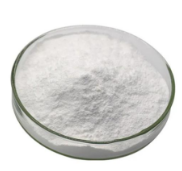
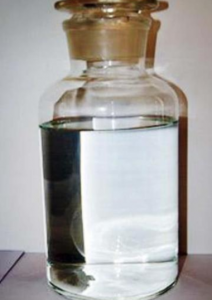
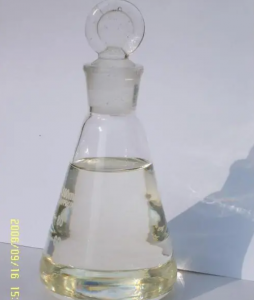
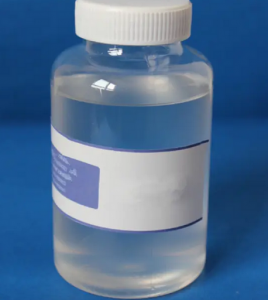
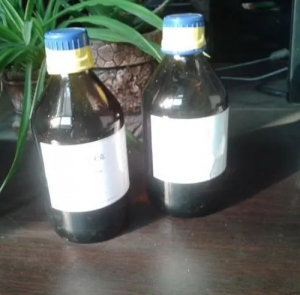
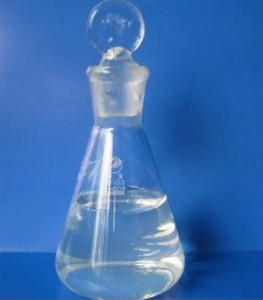

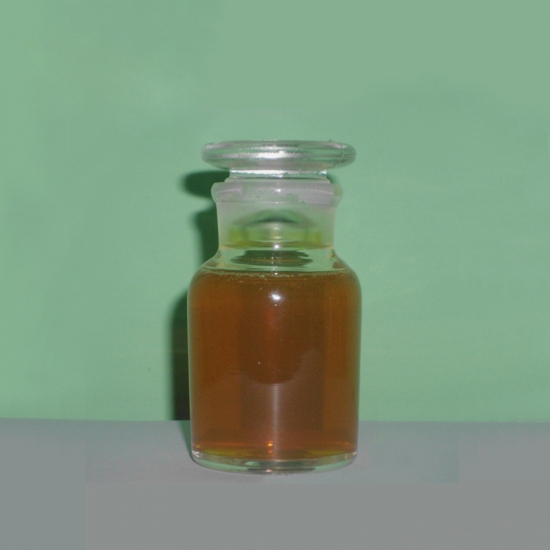
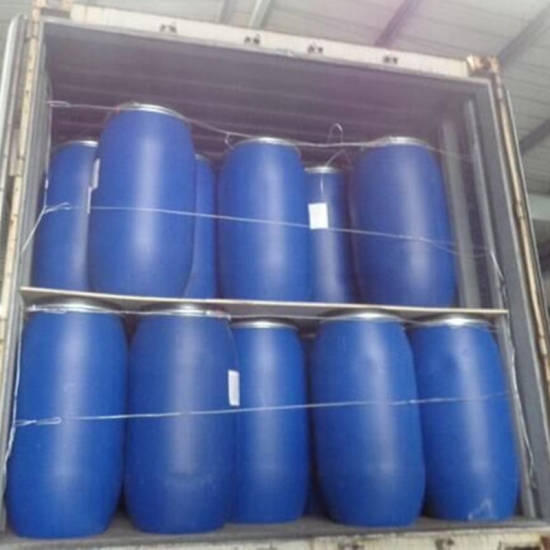
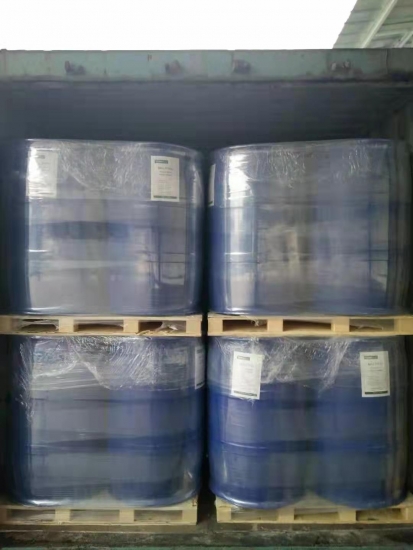
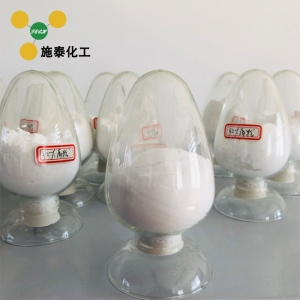
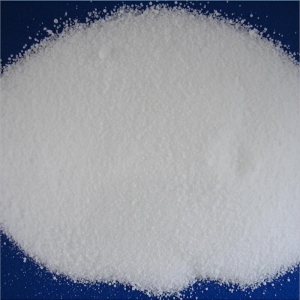
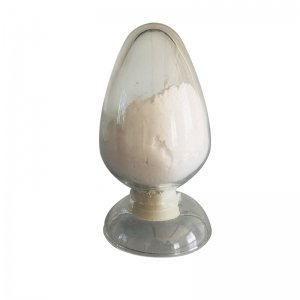
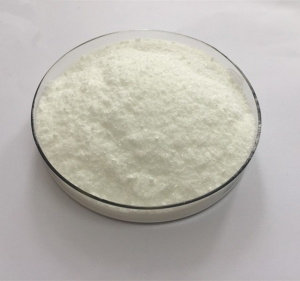
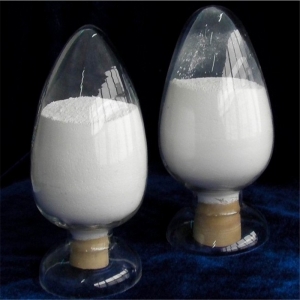
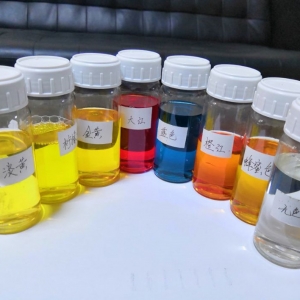
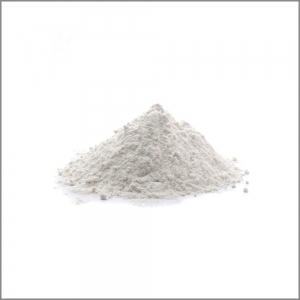
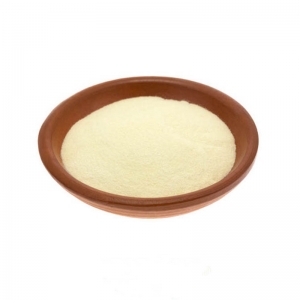


 online service
online service


